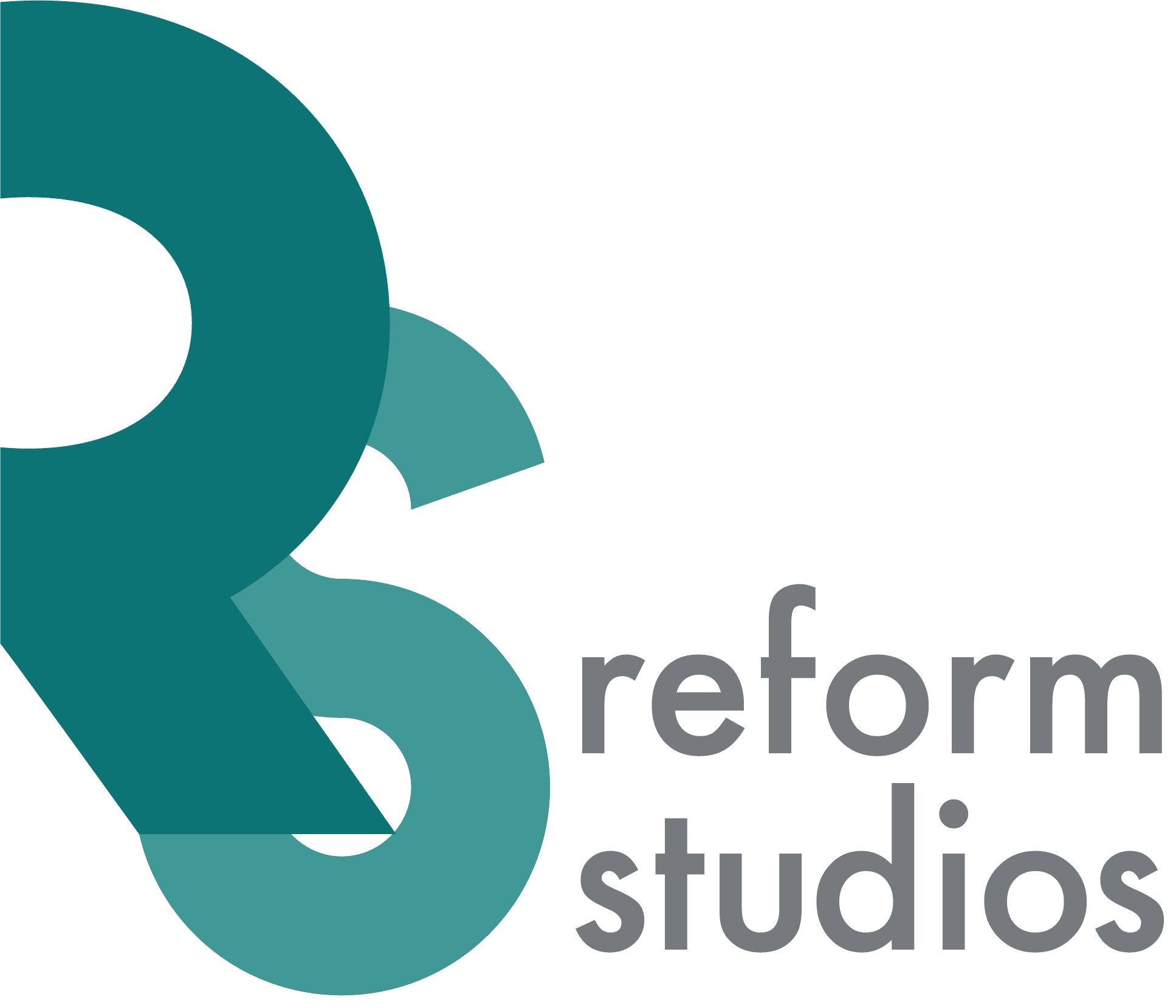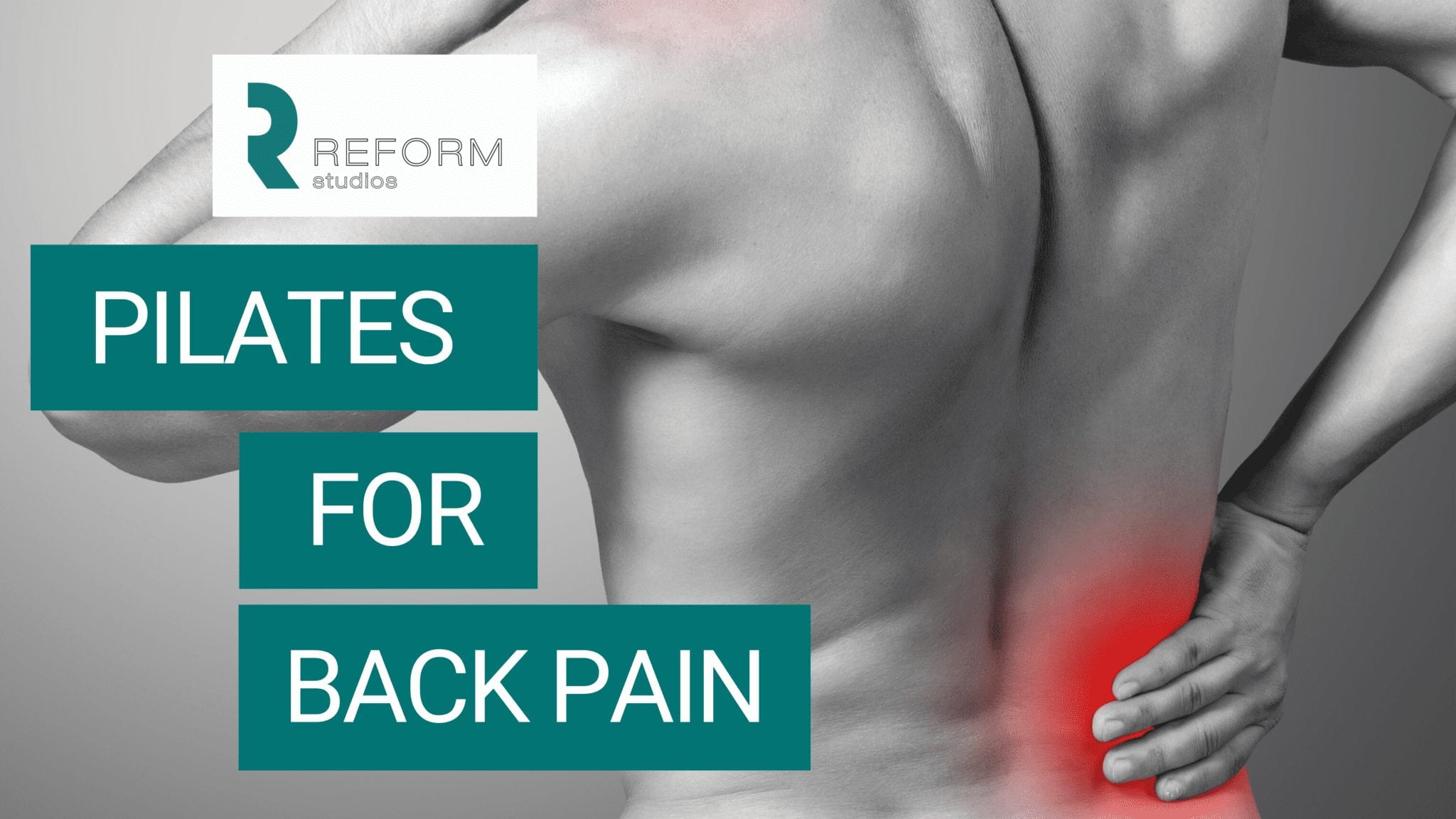

Injury rehabilitation is tough. It puts your fitness goals on the backburner – and that’s okay. During injury recovery, you should focus solely on getting back to your ‘normal self’.
But physical rehabilitation and Pilates go hand-in-hand. They have many similarities. In fact, most physical rehabilitation programs borrow Pilates exercises to aid clients or patients in getting better as soon as possible.
And if you’re looking for an exercise regime to throw into your routine while you recover from an injury, Pilates is the perfect addition. It’s easy on the joints. And it’s mindful of commonly injured areas, such as the knees, back, hips, and shoulders. It can also further the gains you’re making through your physical rehabilitation program.
However, Pilates should in no way replace a rehabilitation program recommended and provided by your healthcare provider. While similar, Pilates and physiotherapy are two different entities.
And if you’re still a tad confused about how exactly Pilates and physiotherapy are similar but different, we’re going to lay it all out for you. Are you ready? Keep on reading!
Pilates Began as a Physical Rehabilitation Method
The origins of Pilates are rooted in rehabilitation. Joseph Pilates, the man behind it all, developed the reformer machine to aid injured and sick people in performing exercises. He, then opened the first Pilates studio in order to help dancers through rehabilitation.
And the reformer keeps all this in mind. It’s made to help individuals with injuries perform movements to gain strength and flexibility. You can lay down on your back or side to execute movements or exercises you otherwise are unable to do in standing.
Physiotherapy Uses Pilates Exercises
Physical rehabilitation exercises in physiotherapy incorporate components of Pilates movements. In fact, some Pilates exercises may be prescribed but with a different name.
Physiotherapy may involve exercises, such as imprinting, pelvic curls, and various stretching Pilates movements. While individual rehabilitation plans vary, you’re almost guaranteed to have some sort of Pilates component.
Why is this the case? Pilates and physiotherapy both focus on muscle balance, mobility, regaining whole body strength, improving alignment and function, as well as emphasizing body awareness.
But… Physiotherapy Involves an Assessment, Diagnosis, and Treatment Plan
Pilates instructors, for the most part, aren’t trained in assessment, testing, or diagnosis strategies and techniques. This is why it’s critical to get your injury looked at by your doctor or physiotherapist. These professions have the training and the tools to determine what’s causing your pain and how to solve it, or possibly refer you on to other specialists.
In turn, they may recommend Pilates as a viable exercise routine to partake in throughout your recovery. Again, Pilates is a great addition to an already existing rehab program and diagnosis. But it’s important to get your injury diagnosed first.
Physiotherapy Incorporates Manual Techniques
Physiotherapy includes exercise, but also uses a variety of manual techniques – which Pilates does not involve. These manual techniques help relieve pain, improve range of motion, and ease tension in muscle tissue. Exercise and Pilates are only half of your rehabilitation. The other half is education and techniques provided by a trained and registered physiotherapist.
Pilates Serves as a Great Addition to Physiotherapy
Pilates should in no way replace the advice or recommendations made by your doctor or physiotherapist. But if you’re healthcare provider gives you the okay, Pilates can make a great addition and impact on your injury recovery. Make sure you are comfortable that the studio you choose takes an active interest in your health from the get-go.
If you’re attending physical rehabilitation in Brisbane, ask your physiotherapist or doctor about attending a Pilates class. Is it right for you and at this stage in rehabilitation? If you’re given the green light, Reform Studios is here to support you and your recovery.
Sign up for your first class today.
Share This Story, Choose Your Platform!
Related Posts
The Australian Institute of Health and Welfare predicts that 70-90% of individuals will experience back pain at some point during their lifetime. It shouldn’t come as a surprise. Many factors of modern society - such as sedentary behaviour, bad posture, and obesity - support [...]
You may not have tried Pilates, but you will most likely have heard people say that it’s good to strengthen your core. Or that you should definitely try these new core strengthening exercises. In Pilates, we mention it a lot. We talk about how [...]



